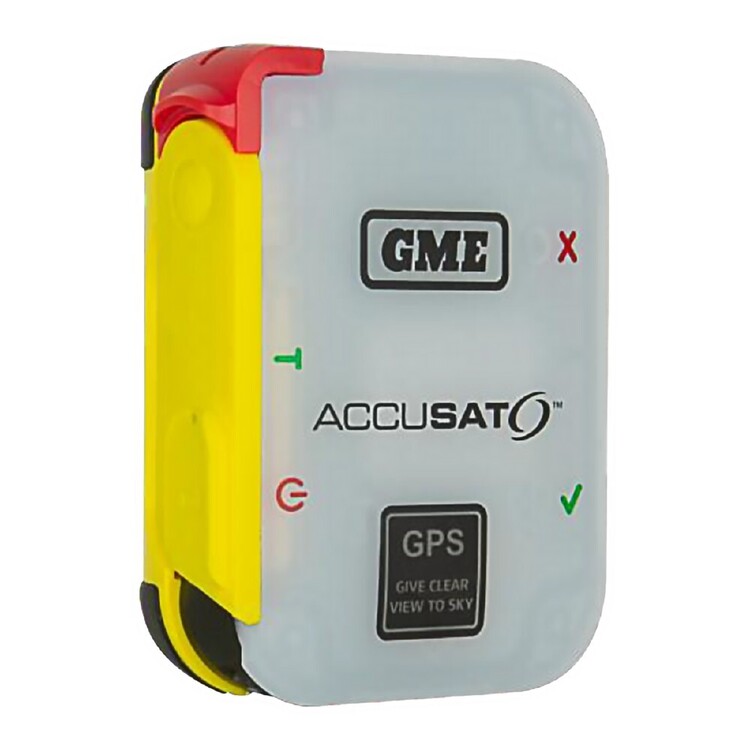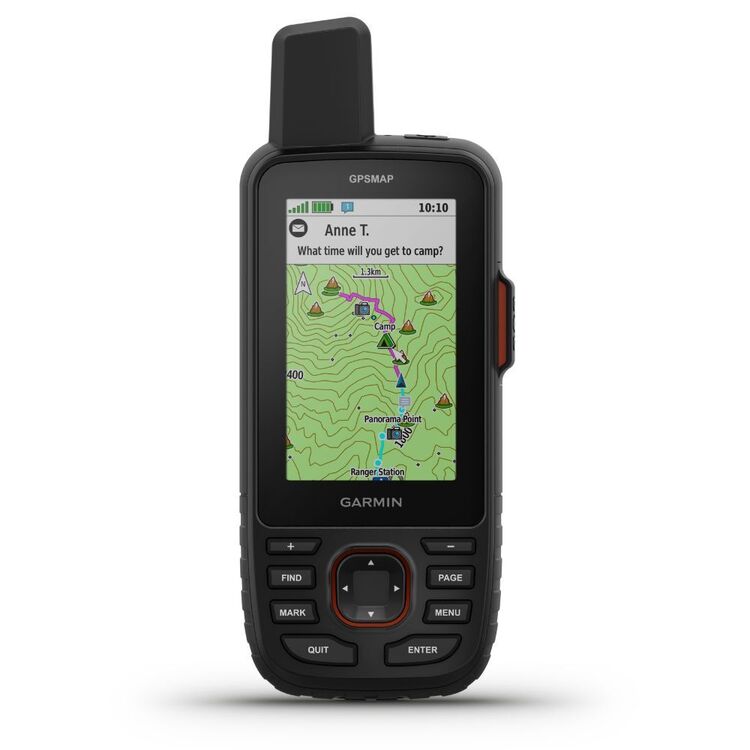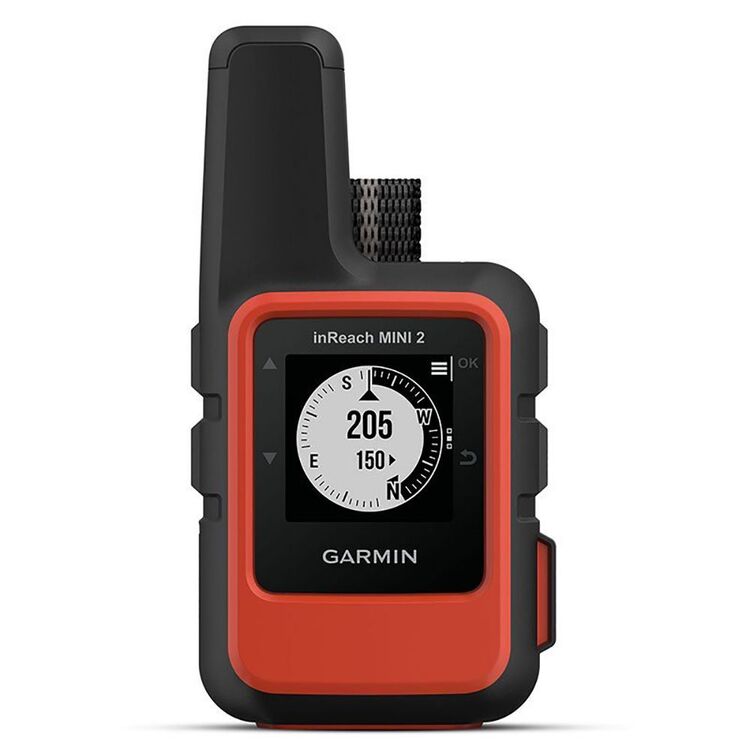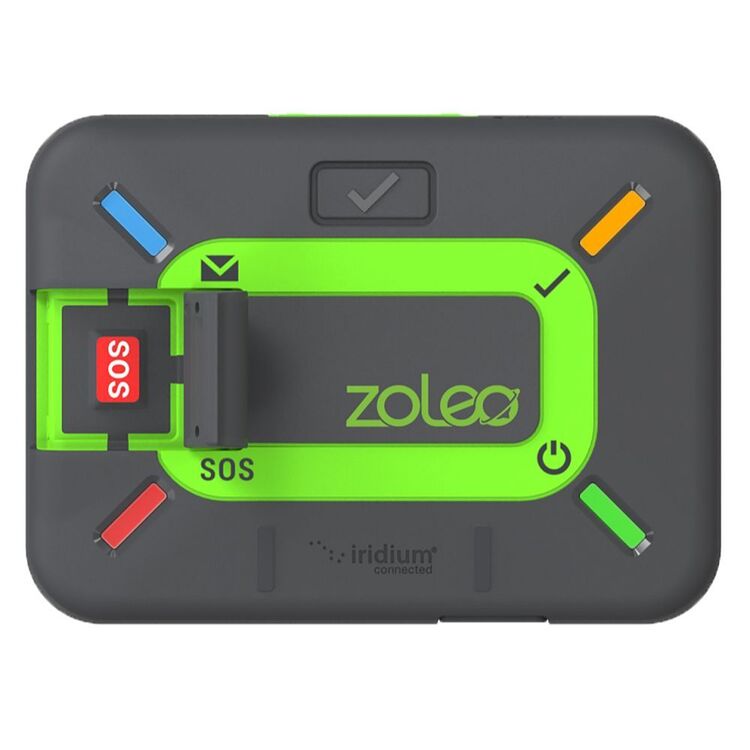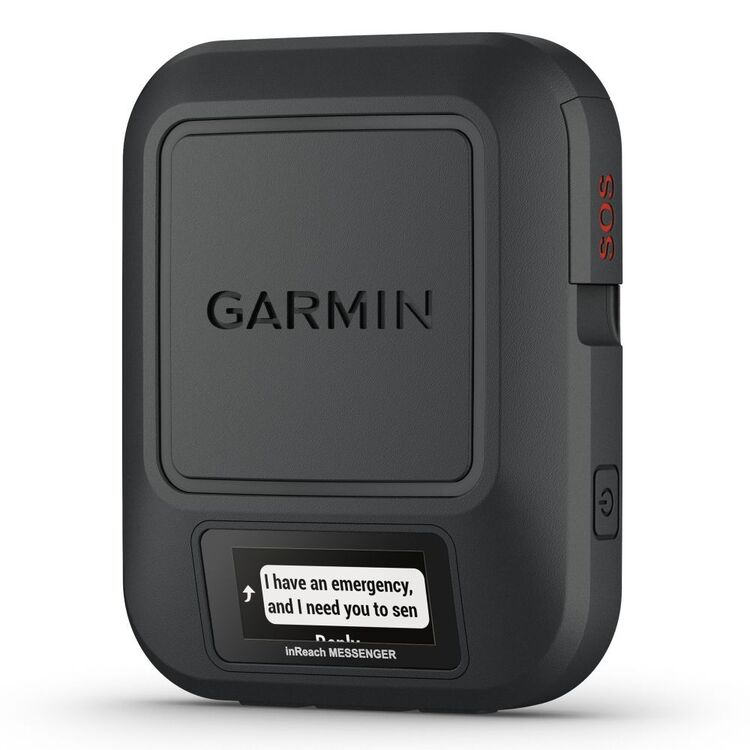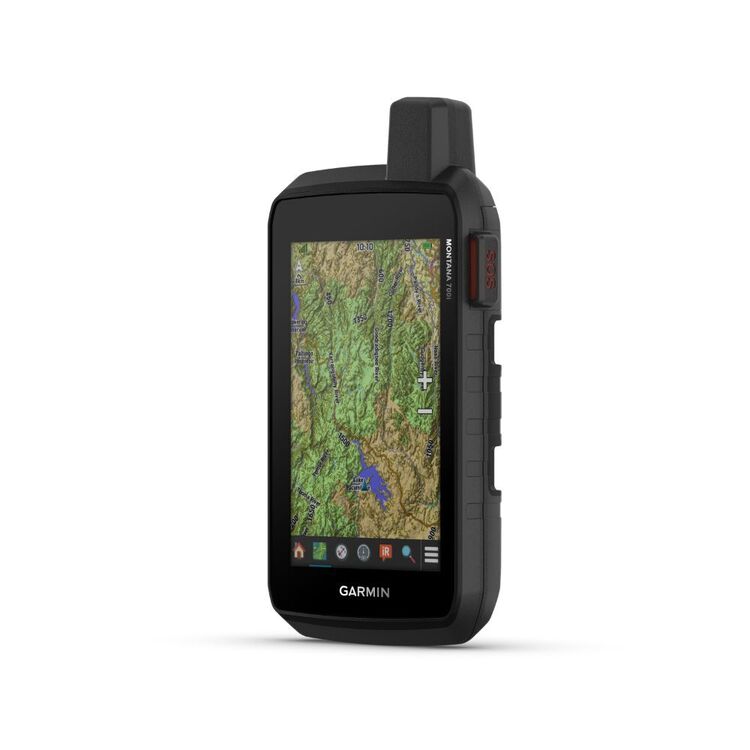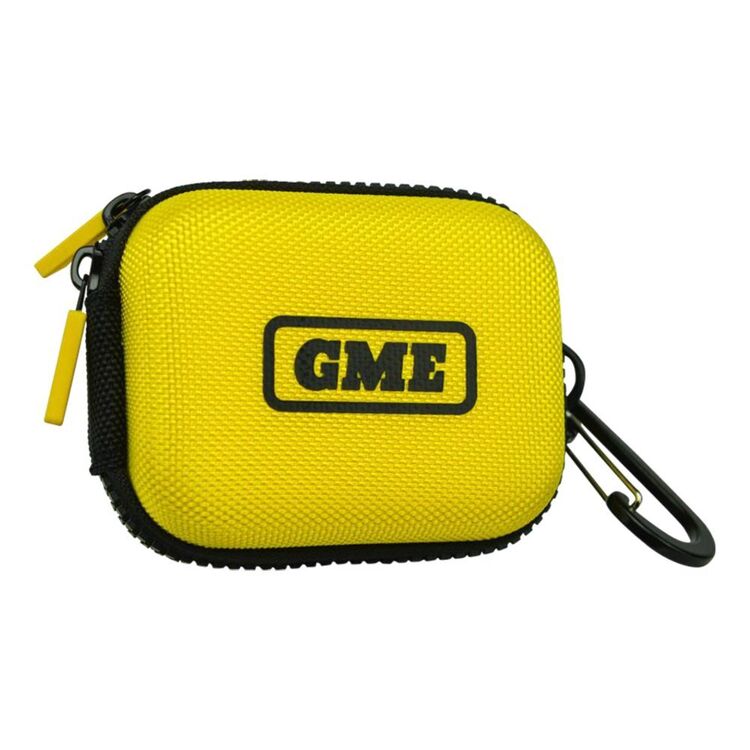| Your browser is not supported. | ||
|
Please browse our site using any of the following options:
| ||
Personal Locater Beacons (PLB) & Satellite Communicators
Stay safe whilst hiking, camping & trekking with personal locator beacons & satellite communicators from Anaconda. Shop PLB’s from leading brands today.
11 items found.
Stay Safe With Personal Locator Beacons and Satellite Communicators From Anaconda
Stay safe in any outdoor adventure with Personal Locator Beacons and Satellite Communicators from Anaconda. Our advanced devices provide reliable communication and emergency alerts, ensuring help is always within reach. Explore the outdoors confidently knowing Anaconda has your back with top-notch safety technology. Discover our range today for peace of mind tomorrow.
Discover PLB's and Satellite Communicators From Leading Brands
At Anaconda, we prioritise your safety with trusted top-notch brands like Zoleo, Garmin, and GME. Whether you're exploring remote hiking locations or venturing in a 4WD off-grid, our range of PLBs and Satellite Communicators ensures you stay connected and secure.
PLB's & Satellite Communicators FAQs
What is a PLB?
A PLB, or Personal Locator Beacon, is a portable device designed to alert search and rescue services in case of an emergency. It operates on the 406 MHz frequency and is used primarily in outdoor activities where immediate assistance may be required. When activated, a PLB transmits a distress signal to satellites, which then relay the signal to a ground station and initiate a rescue operation. PLBs are essential safety devices for individuals or groups venturing into remote or hazardous locations where other forms of communication may be unavailable.
How does a PLB work?
A Personal Locator Beacon (PLB) works by transmitting a distress signal to satellites orbiting the Earth, which then relay this signal to a ground station responsible for search and rescue operations. Here's a step-by-step explanation of how a PLB functions:
- Activation: When a user encounters an emergency and decides to activate the PLB, they typically deploy an antenna and press a button or switch to activate the beacon.
- Signal Transmission: The PLB transmits a distress signal on the below frequency:
- 406 MHz: This frequency is used for global distress alerting and is monitored by search and rescue organisations worldwide.
- Satellite Detection: The distress signal from the PLB is received by satellites orbiting the Earth. These satellites are part of the COSPAS-SARSAT system, an international satellite-based search and rescue system.
- Location Calculation: The satellites determine the location of the PLB using Doppler shift and other techniques. This location information is then sent to a ground station.
- Alerting Authorities: The ground station receives the distress signal and location information, and then forwards this data to the appropriate search and rescue authorities.
- Rescue Coordination: Once alerted, search and rescue authorities deploy resources to the location provided by the PLB to initiate a rescue operation.
- It's important to note that PLBs are registered with local authorities so that in the event of activation, responders have access to important information such as the owner's emergency contacts and medical conditions. PLBs are designed to be rugged, waterproof, and capable of operating in harsh conditions, making them reliable tools for outdoor enthusiasts, sailors, pilots, and others who may find themselves in remote or dangerous situations.
How does a Satellite Communicator work?
A Satellite Communicator works by utilising satellite networks to provide communication capabilities in remote or off-grid areas where traditional cellular networks are unavailable. Here's how it typically operates:
- Satellite Network: Satellite Communicators use global satellite networks such as Iridium or Globalstar. These networks have satellites in orbit around the Earth that relay signals between the device and ground stations.
- Device Features: Satellite Communicators are handheld devices equipped with GPS receivers for accurate location tracking. They also have antennas to communicate with satellites and user interfaces for interaction.
- Communication Modes:
- Messaging: Users can send and receive text messages (SMS) or emails through the satellite network. Messages can be sent to designated contacts or to emergency services.
- SOS Alert: Satellite Communicators have an SOS button that, when activated, sends a distress signal along with the user's GPS coordinates to emergency responders. This is crucial for initiating rescue operations in emergencies.
- Tracking: Some devices offer tracking capabilities, allowing users to share their location at regular intervals with others for real-time monitoring and safety assurance.
- Weather Updates: Depending on the device and service plan, Satellite Communicators may provide weather forecasts and updates, which are beneficial for planning outdoor activities.
- Subscription Service: To use the communication features of a Satellite Communicator, users typically need to subscribe to a service plan provided by the device manufacturer or a satellite service provider. These plans vary in terms of coverage, messaging limits, and additional features.
- Integration: Many Satellite Communicators can be paired with mobile apps on smartphones, enhancing usability and providing a familiar interface for messaging and tracking.
In essence, Satellite Communicators leverage satellite technology to enable reliable communication, emergency SOS capabilities, and location tracking in remote and challenging environments where traditional communication methods are impractical or unavailable. They are essential tools for outdoor adventurers, remote workers, and anyone who needs dependable communication beyond the reach of cellular networks.
What is the difference between a PLB and a Satellite Communicator?
PLBs are used solely for emergency distress signalling via satellite, transmitting a distress signal on dedicated frequencies (406 MHz). They are registered to individuals and are essential for urgent situations in remote areas.
Satellite Communicators, such as devices from Garmin inReach or Zoleo, offer two-way communication via satellite networks. They provide SOS capabilities along with messaging, location tracking, and sometimes weather updates, catering to both emergency and non-emergency communication needs in remote locations.
In summary, PLBs focus on emergency distress signalling, while Satellite Communicators offer broader communication features beyond emergencies, tailored for outdoor adventurers in remote environments.
What is the difference between a PLB and an EPIRB?
PLBs are compact devices for individuals in outdoor activities, activated manually to signal distress on 406 MHz. EPIRBs are larger, maritime-focused, often automatic when submerged, signalling on both 406 MHz and 121.5 MHz. PLBs are registered to individuals, EPIRBs to vessels, catering to different user needs and environments.
Find the Right PLB or Satellite Communicators For Your Adventure
Find the perfect companion for your outdoor adventure with top-tier devices like the Zoleo Global Satellite Communicator, Garmin inReach Mini 2 Compact Satellite Communicator with GPS, and the GME MT610G 406 MHz PLB with GPS. Whether you're seeking robust two-way communication in remote areas or a reliable emergency beacon for peace of mind, Anaconda offers a range of communication and navigation options for you. Explore our selection and embark on your next journey knowing you're equipped with trusted technology to stay connected and safe.
